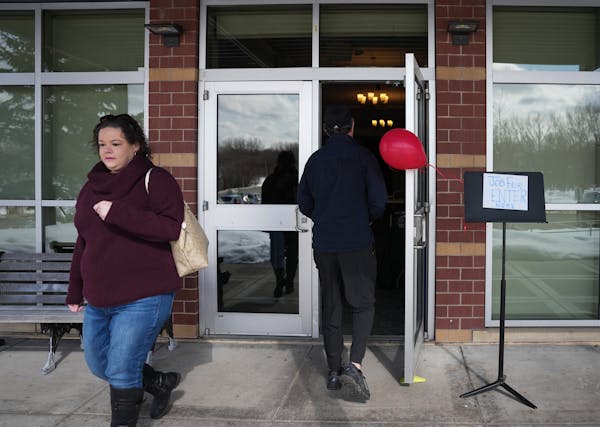While the labor market remains strong in Minnesota, a new state report shows the situation got better for employers at least in the first half of 2022.
The report, which covers the latest data available, shows the number of job vacancies dropped 10% during the second quarter of 2022, according to the results of a statewide survey released Friday.
Minnesota employers reported 184,588 job vacancies during the quarter, with the largest number of job openings hitting the health care (45,000), retail (28,500), hotel/food services (26,000) and manufacturing (19,000) sectors, according to the Minnesota Department of Employment and Economic Development (DEED).
There were 6.9 job openings for every 100 jobs in the state, creating the state's third-highest job vacancy rate since the state started tracking data in 2001, officials said.
Coming out of the worst economic disruption caused by the pandemic, the labor shortage at the beginning of 2022 was extreme, so a 10% decline was a step forward.
Minnesota had about 72,500 unemployed workers in second quarter 2022, meaning that the labor market remains extremely tight. There were more than twice the number of open jobs as unemployed people in the state.
The survey shows "continued strong demand for workers across the state," said Interim DEED Commissioner Kevin McKinnon in a statement. "The tight labor market presents opportunities for people looking for work in Minnesota. It also presents challenges for employers who need workers to continue operations and grow their business."
Those challenges aren't relaxing.
Despite news of layoffs among giants such as 3M, Bright Health, Facebook, Google and Dell Technologies, the number of job openings in Minnesota has remained level and even grew in recent months.
According to the U.S. Bureau of Labor Statistics, which reports state job opening estimates monthly, Minnesota's job openings fell from 231,000 in December 2022 to 212,000 in January 2023, the most recent data available.
Employers and members of the Minnesota Chamber of Commerce continue to complain that they can't find enough workers with the skills they need to fill certain jobs.
Chamber and state officials are encouraging employers to offer training and to expand their prospective job candidate lists by considering hiring more immigrants, people of color, workers with disabilities and those with military service or non-violent criminal records.
Job vacancies have hit some industries and job titles harder than others.
The state's survey found 10 individual occupations with the highest number of vacancies for the second quarter 2022: personal care aides (7,798 vacancies); retail salespersons (6,241); food prep and serving workers (5,977); retail sales supervisors (5,975); registered nurses (5,625); cashiers (5,535); fast food & counter workers (4,756); nursing assistants (4,418); waiters (3,615); and maids and housekeeping cleaners (3,263).
The state's Career Force offices attempt to act as a job employment bridge to companies with help wanted signs in their windows.
Minnesota's med spa industry rises in popularity — and with little regulation

Ramstad: Readers say Walmart won't be paying the ultimate price of Trump's tariffs

How Minnesota businesses can spot and prevent invoice fraud
No place for cryptocurrency in retirement portfolios

